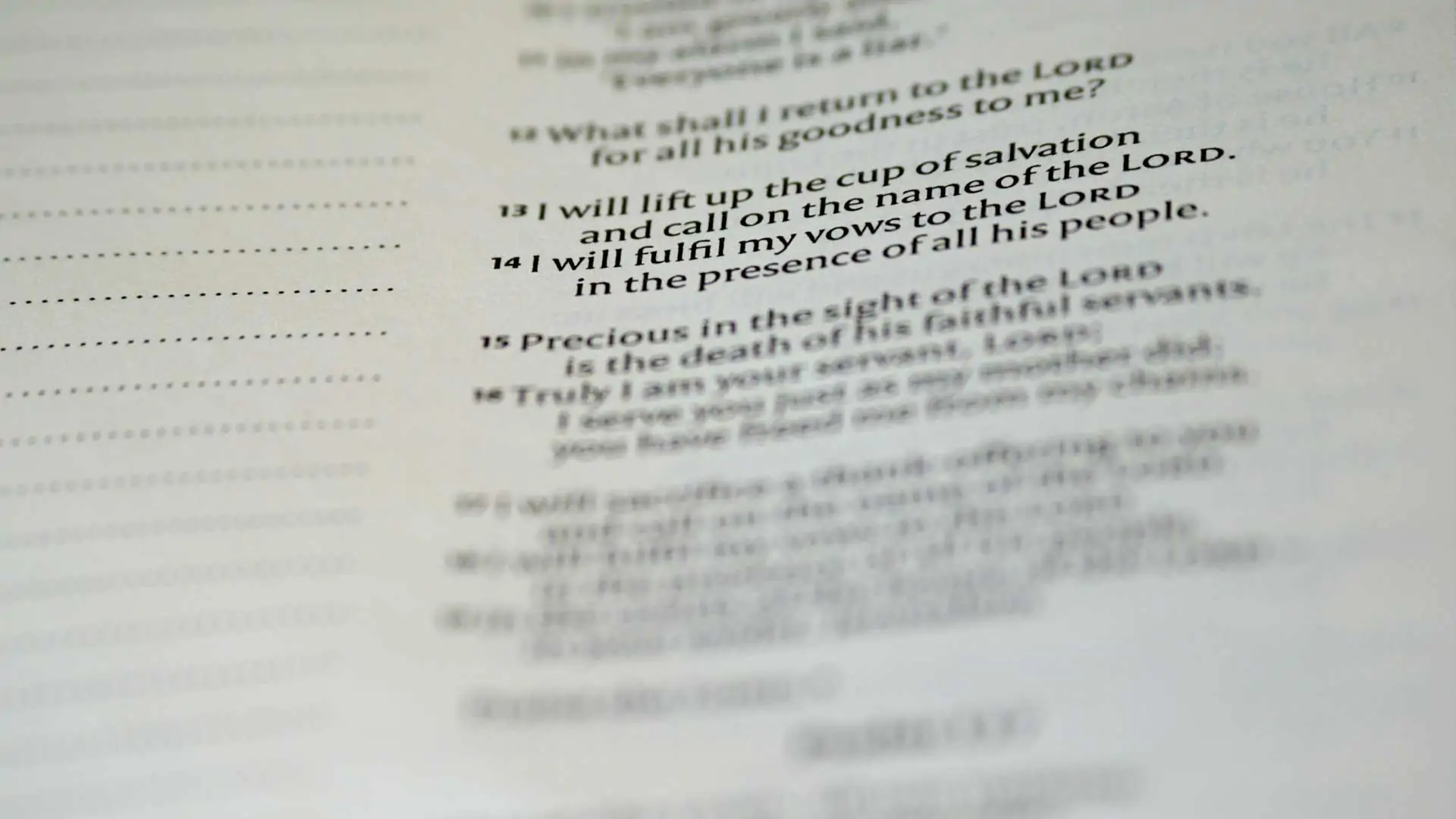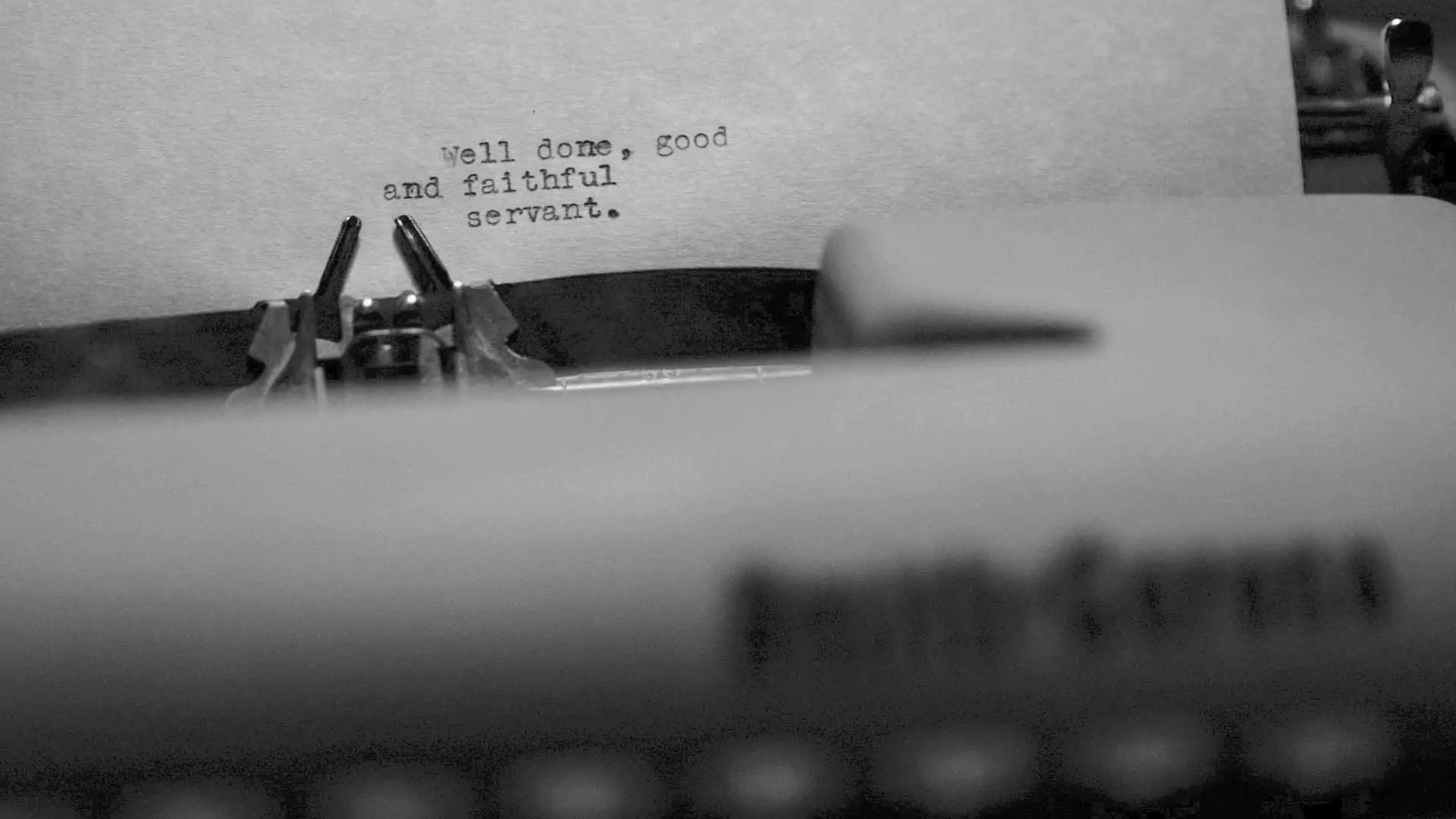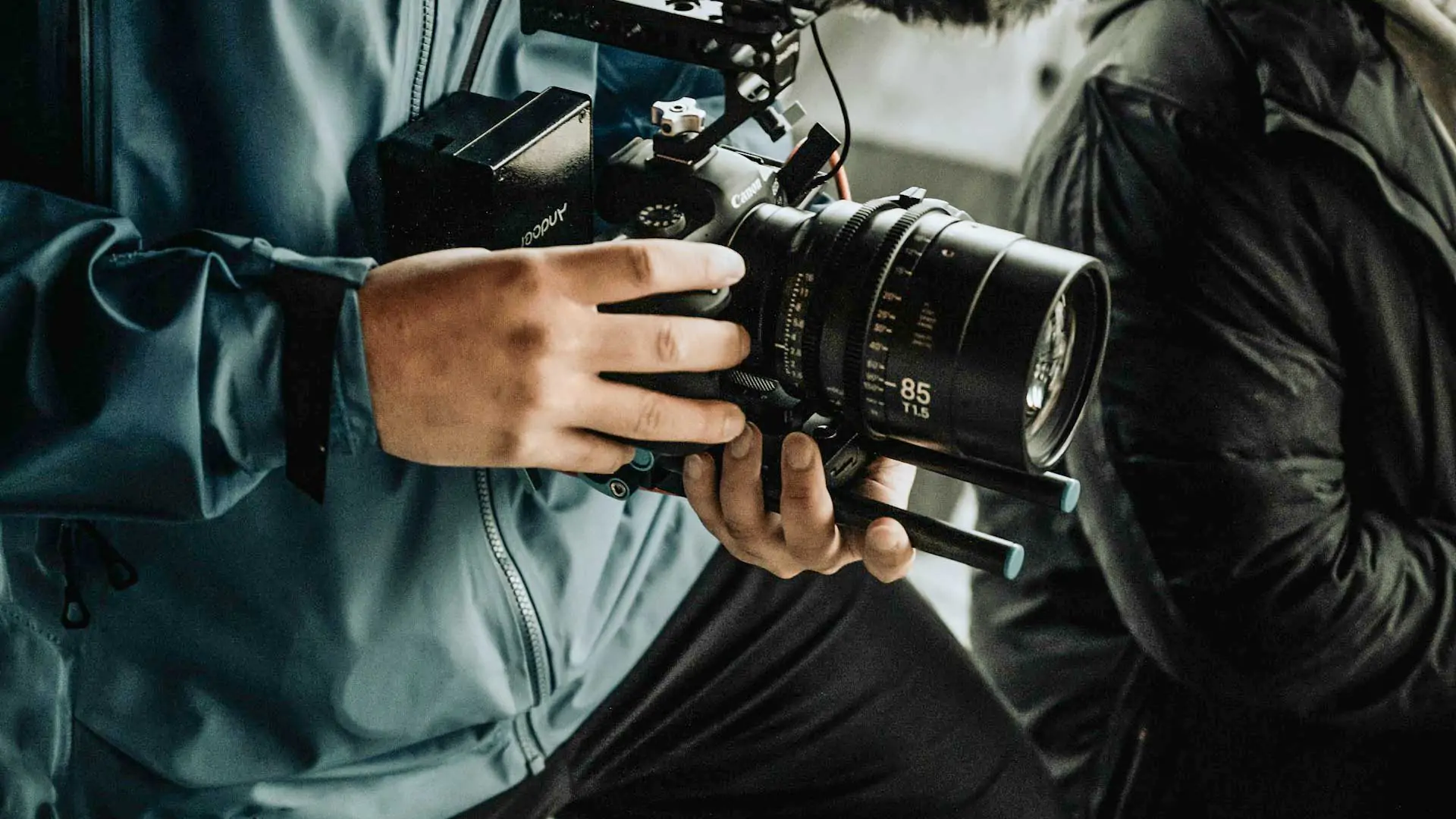
How to Write a Commercial Script – Tips from a Toronto Documentary Production Company
Why a Strong Script is Essential for Video Marketing – Learn From a Toronto documentary production company
I’ve been in this industry long enough to know that you can have the best cameras, the perfect lighting, and a dream location… but if your commercial script isn’t strong, the whole production falls flat. A good script isn’t just words on paper — it’s the backbone of your video marketing. Over the years working as part of a Toronto documentary production team, I’ve learned that without a well-crafted script, you won’t connect with your audience or hit your goals. So, I want to share the exact process we follow at our Toronto documentary production company when we write scripts that actually work.

Research Existing Commercials Before You Start
Before I write a single word, I watch and dissect other commercials — especially ones in the same industry as my client. This isn’t about copying; it’s about understanding pacing, tone, and storytelling styles that resonate. Most commercials you see are 25 seconds or less, and that’s the sweet spot I keep in mind when we’re creating scripts for our clients. I’ll note down everything — how the dialogue flows, the way a scene transitions, the subtle facial expressions of the actors — because all of that feeds into how I shape the story.
If your business already has an established brand voice (or you’re in the middle of rebranding), your script needs to reflect it. In our documentary production company, we’ve worked with clients whose branding was so strong that every line of the script had to “feel” like them — from word choice to pacing. That kind of attention to detail builds trust with your audience instantly.
Tools to Study Commercials Online
I take notes on:
- How the story is structured
- The pacing between shots
- The emotional “hook” in the first few seconds
- Dialogue style and delivery
- Helpful Tools & Resources:
AdForum – Browse thousands of commercial ads from around the world.
YouTube Ads Library – See how brands run their video ads.
Vimeo Staff Picks – Great for cinematic inspiration.
Create a Detailed Brief
When I first started out, I sometimes skipped the creative brief — and it always came back to bite me. Now, we never begin a script without one. This document aligns everyone on:
- Goal: Why are we making this video?
- Target Audience: Who exactly are we speaking to?
- Key Messages: What three benefits or ideas must be communicated?
- Tone: Uplifting? Emotional? Urgent?
- Call-to-Action: What do we want the viewer to do afterward?
In one project our documentary production company did for a nonprofit, the brief guided everything from the lighting style to the choice of background music.
Helpful Tools:
- Miro – Great for collaborative brainstorming.
- Google Docs – Perfect for shared briefs and live edits.
Write Like You’re Talking to One Person
When I write, I imagine speaking to one individual, not a faceless crowd. This keeps the tone conversational and relatable — just like in documentary interviews. It’s the same approach our Toronto documentary production team uses when crafting personal, human-centered stories.
Pro Tip: Avoid industry jargon unless your audience is highly specialized. Simpler language wins trust faster.

Include Every Detail — But Keep It Tight
Your script is not a rough outline. It’s a production blueprint that should include:
- Dialogue
- Camera angles
- Wardrobe notes
- Scene transitions
- Sound cues
Still, attention spans are short. We aim for two pages max, often one page.
Helpful Scriptwriting Tools:
- Celtx – Industry-standard scriptwriting software.
- WriterDuet – Collaborative screenwriting tool.
- StudioBinder – Combines scriptwriting, shot lists, and production planning.
Format for Clarity
We always use the two-column format — video on the left, audio on the right. It keeps the entire crew aligned and speeds up production days.
Formatting Tips:
- Capitalize all non-dialogue actions (e.g., MUSIC PLAYS, FADE IN).
- Keep sentences short for readability.
- Group related actions and audio cues together.
Helpful Formatting Resources:
- Final Draft – Professional screenwriting software.
- WriterSolo – Free offline script formatting tool.
Get Feedback Before Filming
Once I have a draft, I read it aloud, then have team members act it out. I’ll sometimes share it with people outside the project to see if the message still lands.
Why This Works:
-
- Hearing it helps catch awkward phrasing.
- Seeing it acted out reveals pacing issues.
- Fresh eyes spot what you might miss.
Remember — The Script is the Heart of the Project
I’ve seen clients spend thousands on gear and locations, but without a strong script, the result feels hollow. At our Toronto documentary production company, we treat scriptwriting with the same weight as filming because it’s the one thing that shapes every frame you’ll capture.
If you’re ready to create something that connects and inspires, start with the right words — and then let a skilled Toronto documentary production team bring them to life.
We’ve spent over seven years producing videos and documentaries that inspire, educate, and drive action. Let’s make your story unforgettable.
📌 Learn More: https://en.wikipedia.org/wiki/Production_company
By
Gokan Akyaz
Creative Director
Book Your Hyperlocal Strategy Session!
647.242.1820 Or send us a message




